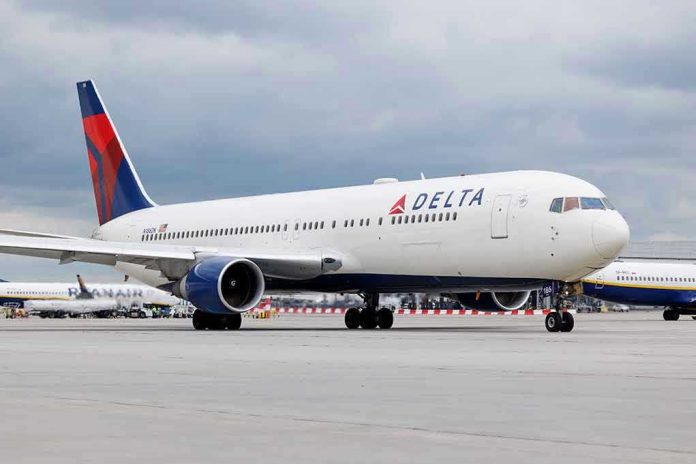
An ongoing crisis in the FAA threatens U.S. air safety, rooted in decades-old decisions and mismanagement.
Story Snapshot
- FAA faces a chronic staffing crisis, linked to the 1981 PATCO strike.
- High attrition rates and inadequate planning persist despite increased hiring.
- Air safety and efficiency are at risk, demanding immediate reform.
- Former controllers reveal insider perspectives on systemic issues.
Historical Roots of the Crisis
The FAA’s staffing woes date back to the 1981 PATCO strike when over 12,000 air traffic controllers walked out over contract disputes. President Reagan responded by firing the strikers and banning them from federal service, creating a long-term deficit in experienced controllers. This drastic action set a precedent for staffing challenges that persist to this day, as the agency struggles with attrition and training bottlenecks.
This pivotal moment in U.S. labor history continues to echo through the FAA’s operational struggles. The agency’s reliance on rapid hiring and the employment of inexperienced staff has led to a cycle of shortages. The mandatory retirement age of 56 for controllers further complicates the situation, leading to large cohorts retiring simultaneously, amplifying staffing gaps.
Current Staffing Challenges
Despite efforts to enhance hiring, the FAA’s staffing levels remain critically low. In 2024, the FAA brought in 2,000 new applicants, but the net gains were negligible due to high attrition rates. These issues are exacerbated by high washout rates in training programs, leaving the agency struggling to maintain a stable workforce. The ongoing staffing crisis has prompted airlines to request waivers and adjust schedules, highlighting the widespread impact of these shortages.
The National Air Traffic Controllers Association (NATCA) and independent experts have criticized the FAA’s staffing models, which prioritize financial constraints over operational needs. Recent audits confirm that current staffing plans will only marginally improve controller numbers by 2032, necessitating a fundamental overhaul of hiring and training practices.
Impacts on Safety and Operations
The implications of the FAA staffing crisis are profound, affecting air safety, operational efficiency, and public trust. In the short term, increased delays, controller fatigue, and operational risks are prevalent. Long-term, there is a potential for major safety incidents, erosion of public trust, and systemic inefficiencies that could undermine U.S. airspace leadership. These challenges demand urgent attention and reform to protect the integrity of U.S. air travel.
Airlines and passengers bear the brunt of these disruptions, facing increased costs, delays, and safety concerns. The broader aviation industry is also affected, with reduced capacity and competitiveness posing risks to economic stability and global standing. Experts call for comprehensive reform to address these systemic issues and ensure the safety and efficiency of U.S. airspace.
Former air traffic controller unveils the shocking truth about ongoing FAA staffing crisis https://t.co/kiJ6dCSfQs #FoxBusiness
— Carlos Leon O.🇺🇸🇨🇺 (@Leon81837Leon) November 7, 2025
Sources:
NATCA’s Perspective on Staffing

















